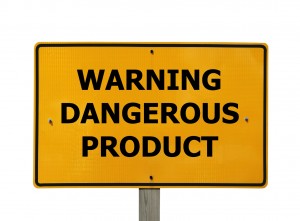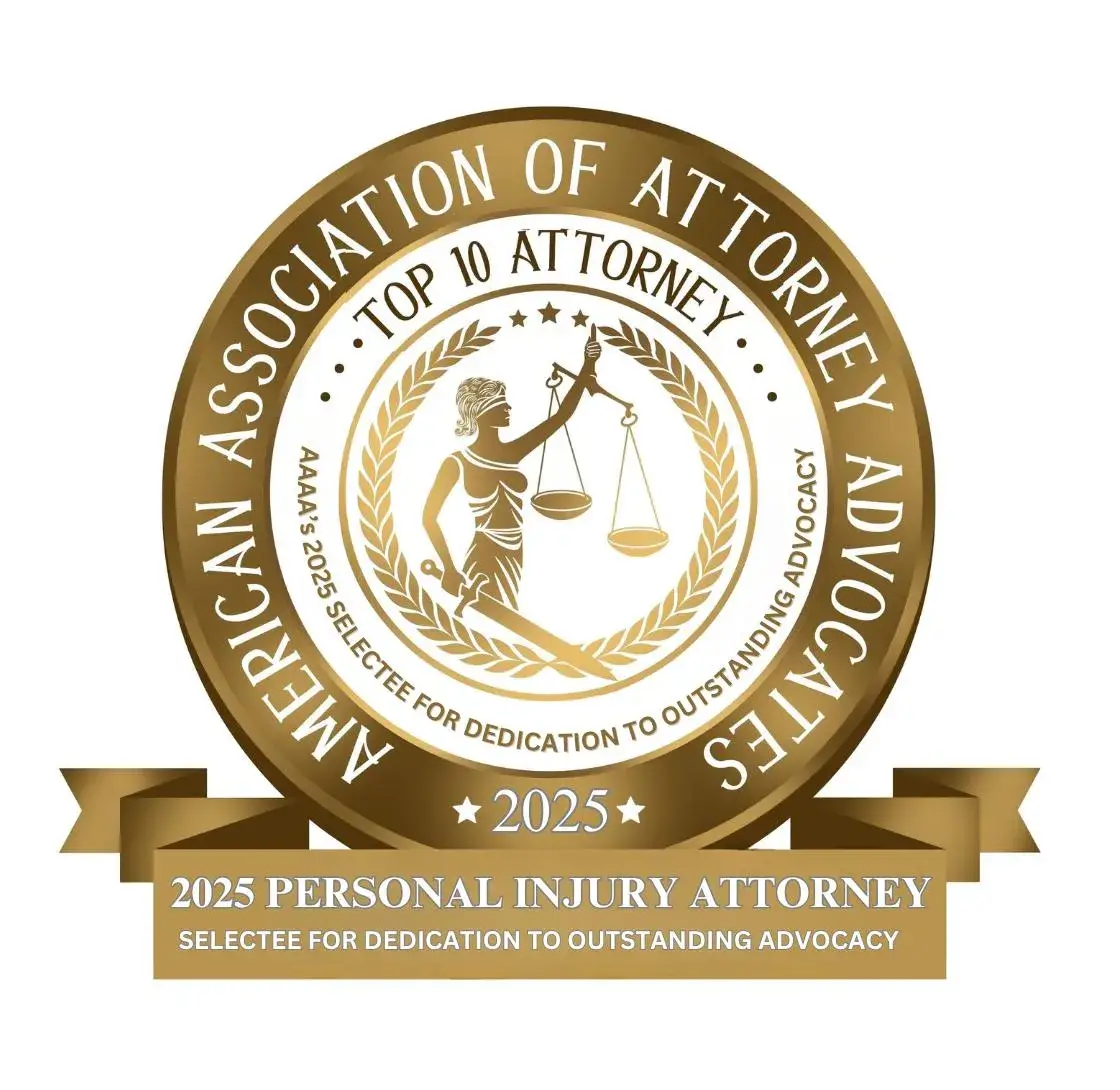Motor Vehicle Defects and Safety Recalls
 The National Highway Traffic Safety Administration (NHTSA), part of the U.S. Department of Transportation, provides recall information all the way from 1966 to present. These recalls include motor vehicle products that experienced a safety-related defect or didn’t comply with federal motor vehicle safety standards. The various products include motor vehicles and related equipment, child safety seats, and vehicle tires. Why is it important to have recalls for vehicle items? The numbers tell all. In 2009, approximately 30,000 lives were lost on highways. Since the NHTSA was originally enacted, more than 390 million cars, trucks, buses, recreational vehicles, motorcycles, and mopeds have been recalled to correct safety defects.
The National Highway Traffic Safety Administration (NHTSA), part of the U.S. Department of Transportation, provides recall information all the way from 1966 to present. These recalls include motor vehicle products that experienced a safety-related defect or didn’t comply with federal motor vehicle safety standards. The various products include motor vehicles and related equipment, child safety seats, and vehicle tires. Why is it important to have recalls for vehicle items? The numbers tell all. In 2009, approximately 30,000 lives were lost on highways. Since the NHTSA was originally enacted, more than 390 million cars, trucks, buses, recreational vehicles, motorcycles, and mopeds have been recalled to correct safety defects.
The Necessity of Vehicle Recalls
Many recalls will be initiated by manufacturers or through the NHTSA by courts. When safety defects are discovered, it is the manufacturer’s responsibility to notify the NHTSA, as well as vehicle or equipment owners, dealers, and distributors. A recall is most necessary when a motor vehicle or item of a vehicle (including tires) does not comply with a Federal Motor Vehicle Safety Standard, and when there is a safety-related defect in the vehicle or equipment. There are standards set to a minimum performance requirement affecting operation. These standards are applicable to all vehicles and equipment that exist within the United States and U.S. territories.
What are Some Common Defects?
- Sudden steering components breaking down, that lead to loss of vehicle control
- Accelerator controls that break or stick
- Cracking or breaking wheels that result in loss of vehicle control
- Seats that fail unexpectedly during normal use
- Wiring system problems that result in a fire or loss of lighting
- Air bags that deploy when not intended
- Child safety seats that contain defective safety belts or buckles
How Investigations Are Conducted
When it comes to the NHTSA investigating a vehicle issue, there is no established number on how many reports must be filed. The agency has an Office of Defects Investigation, which investigates many different things. Here are the processes involved:
- Screening: This is a preliminary review of consumer complaints and other information regarding defects to decide whether or not to open an investigation.
- Petition Analysis: This is an analysis of petitions that were filed that call for defect investigations or review of safety-related recalls.
- Investigation: This is the actual investigative process of alleged safety defects. It consists of a Preliminary Evaluation and an Engineering Analysis.
- Recall Management: This is the overall investigation of the effectiveness of safety recalls.
If it is determined that there is a safety defect, an Associate Administrator for Enforcement may choose to issue an Initial Decision that the defect exists. A Public Meeting will be executed, where the manufacturer and interested members of the public can present information on the issue and come to a decision about what happens next. The manufacturer may attempt to refute the Government’s evidence that a problem exists and present new information on the subject at hand. All information, in the end, will be presented to the NHTSA’s administrator, who may issue a Final Decision that there is actually a safety defect, and the manufacturer may be forced into recall.
The problem lies at the fact that, though evidence may be there, the manufacturer is actually allowed to challenge the decision. They would have to challenge it at Federal District Court. The agency’s evidence that a defect exists must be sufficient compared to whatever evidence the manufacturer has presented. While the case is in the courts, the manufacturer may need to notify consumers about the defect, but that the decision is being contested.
Notifications and Remedies
When it is determined that there is a safety defect in a product, the manufacturer will be entitled to notify consumers and registered owners by first-class mail. The letter must contain information regarding an evaluation of its risk to consumers and how they can go about getting the problem corrected. It will also remind consumers that the corrections will be made at no charge and inform them of when the remedy will be available. Consumers can visit the www.safecar.gov website for further information.
Once the determination is made, the remedy process begins for consumers. This consists of repair, replacement, or refund. The vehicle may be repaired at no charge, replaced with an identical or similar vehicle, or refunded in full. In the case of equipment, the manufacturer may choose to repair or replace the affected equipment at no charge to the consumer.
Once a recall is initiated and it is found that you have suffered injuries as a result of defects, you can take legal action. You should contact an attorney you can trust with your case if you have been injured in an accident. Call MDL today for a consultation.


















